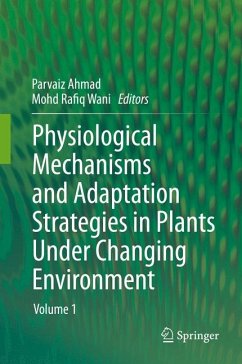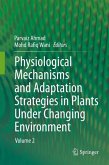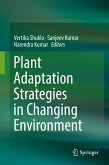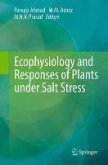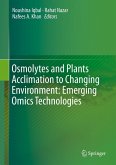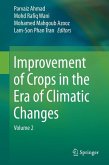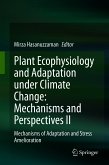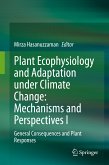Physiological Mechanisms and AdaptationStrategies in Plants Under Changing Environment, Volume 1 discusses drought and temperature stresses and their mitigation through different means. This volume illuminates how plants that are bombarded by diverse and changing environmental stimuli undergo appropriate physiological alterations that enable their survival. The information covered in the book is also useful in building apposite strategies to counter abiotic and biotic stresses in plants. Written by a diverse group of internationally renowned scholars, Physiological Mechanisms and Adaptation Strategies in Plants Under Changing Environment, Volume 1 is a concise yet comprehensive resource that will be beneficial for the researchers, students, environmentalists and soil scientists of this field.
Dieser Download kann aus rechtlichen Gründen nur mit Rechnungsadresse in A, B, BG, CY, CZ, D, DK, EW, E, FIN, F, GR, HR, H, IRL, I, LT, L, LR, M, NL, PL, P, R, S, SLO, SK ausgeliefert werden.
"The presentation of the topics is consistent throughout the book. A 'Conclusions and Future Prospects' section in each chapter encapsulates the contents of the chapter and discusses future areas of investigation. The depth of the material presented makes the work appropriate for graduate students in plant physiology courses, as either a textbook or supplementary reading. Summing Up: Recommended. Graduate students and researchers/faculty." (J. L. Hatfield, Choice, Vol. 51 (9), May, 2014)

